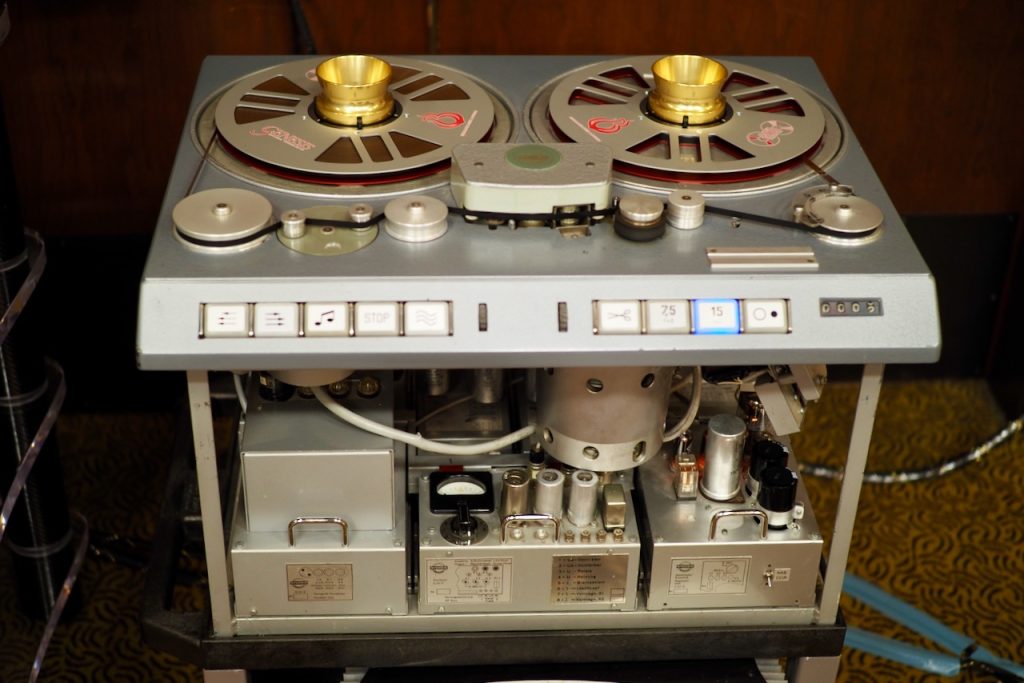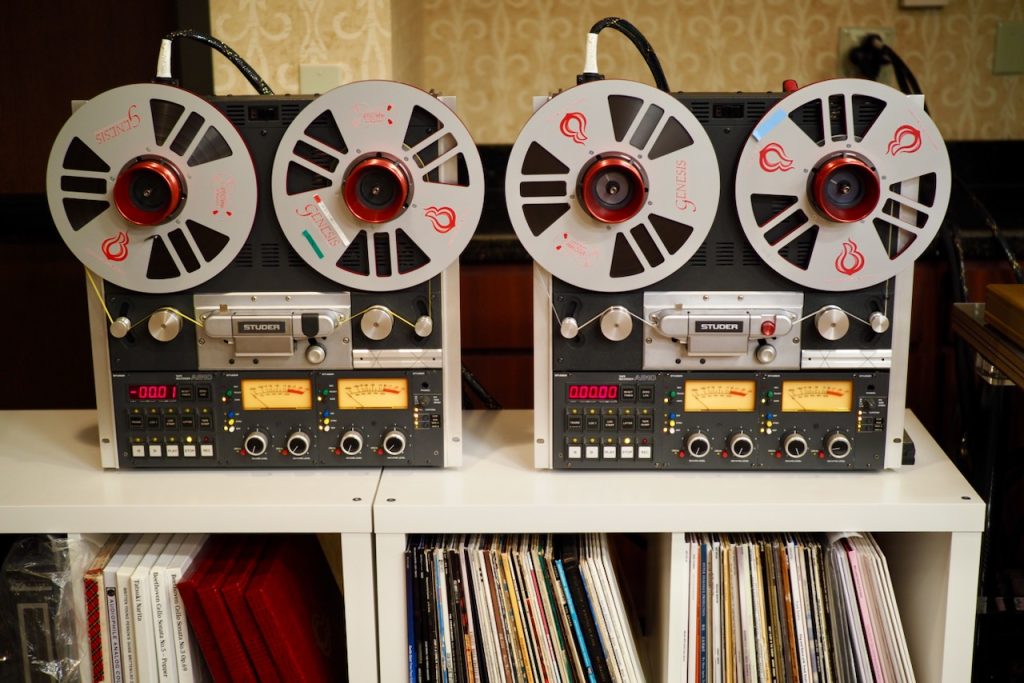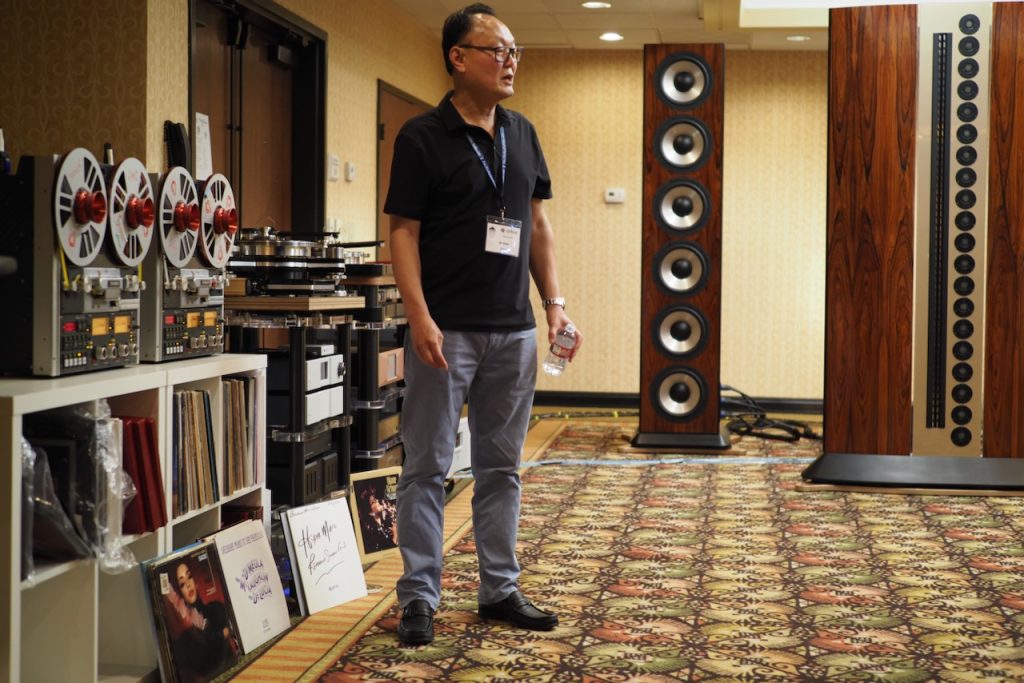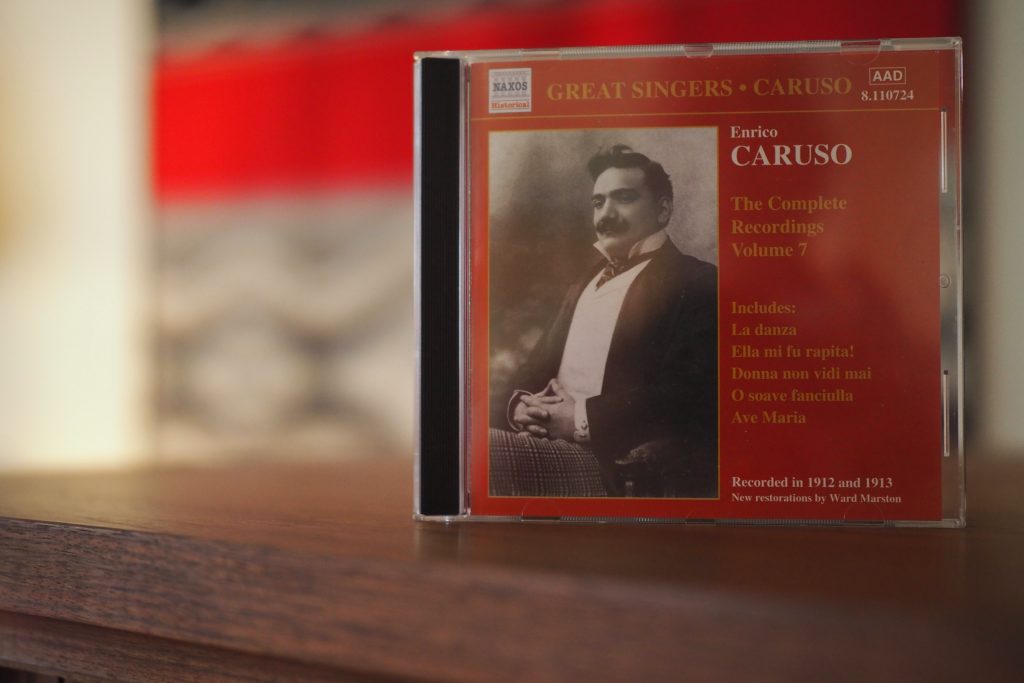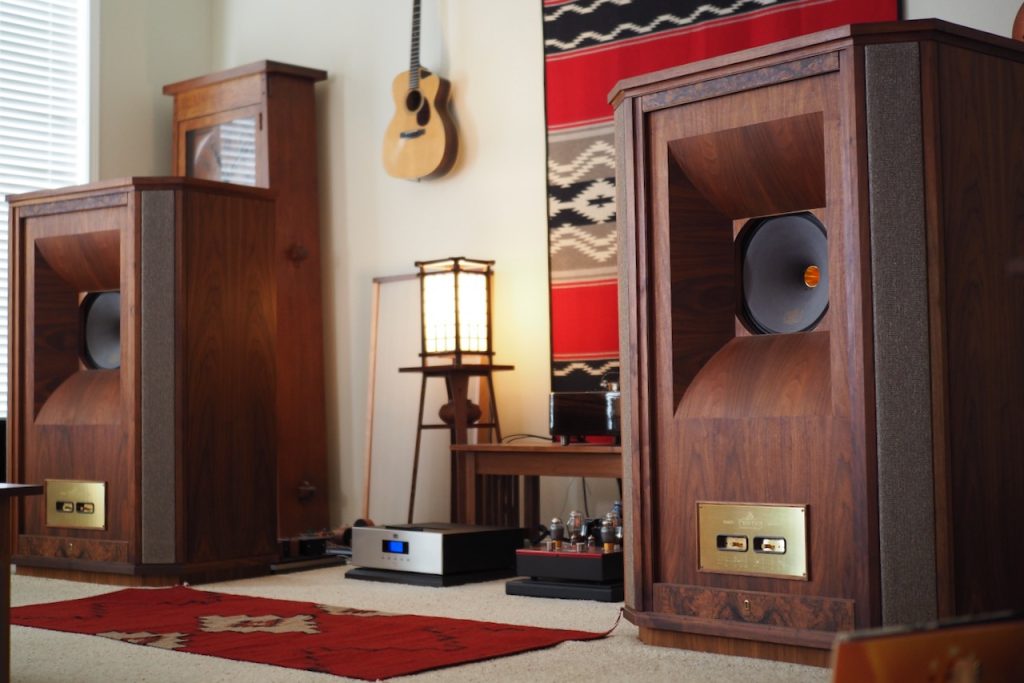If you look up the term “high-fidelity” in the Merriam-Webster dictionary it says “… the reproduction of an effect (such as sound or an image) that is very faithful to the original …”.
I could talk about high-fidelity inclusive of films, but to simplify, I’ll just limit myself to musing about sound recordings of music.
In terms of sound recordings of music, what does high-fidelity mean to audio enthusiasts?
Here’s a candidate statement for defining high-fidelity in the recording arts that we can noodle:
“A high-fidelity recording is one that is faithful to the sound quality of the live performance of the music being recorded.”
That's an aspirational definition borrowed from early in the evolution of the audio arts.
Way back when I was studying for my doctoral degree in analytical chemistry, it was drilled into us students that all measurements are approximations of a true value, and as such there are error bars associated with every measurement.
There are two aspects of measurements that I’ll mention here, the first being accuracy, and the second being precision.
Accuracy is the closeness of a measurement to its true value.
In quantum physics Heisenberg’s uncertainty principle states that there is a fundamental limit to accuracy when measuring particles positions and momentum, and that uncertainty principle extends to all wave-like systems.
While I'm taking some liberties with the definition, an analogy would be when a sound energy wave from music moves through the particles of a medium like air.
I think you see where this thought exercise is going: even with the very best recording equipment and media it is not possible for a recording engineer to perfectly capture the accurate sound quality of a musical performance. There will always be uncertainty or “error bars” associated with the measured sound quality (the recording) and the true sound quality of the live performance.
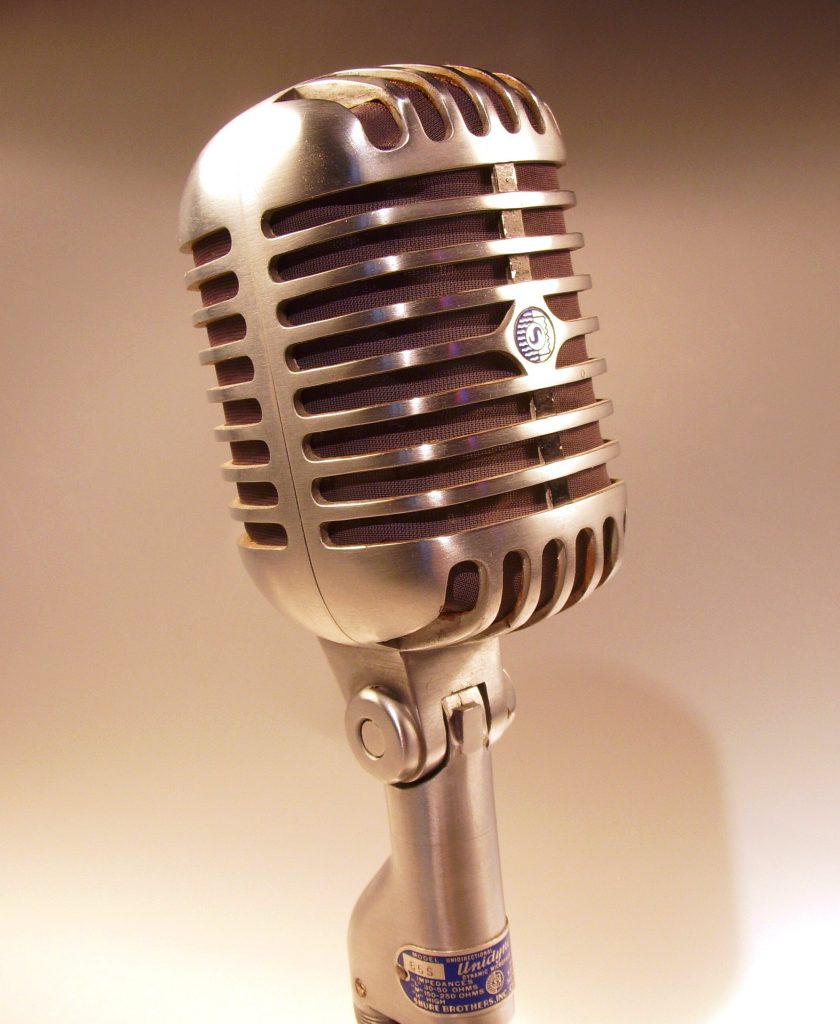
Shure Brothers microphone, model 55s, Multi-Impedance "Small Unidyne" Dynamic from 1951. Photo by Holger Ellgaard, shared under the Wikipedia Creative Commons license.
Microphones are all somewhat different in their ability to accurately measure the waveform of music. The waveform signal that the microphone measures goes through all kinds of interfaces, of cables, electronic and recording devices, etc., with subtle or not so subtle alterations along the way, before the waveform is captured on a particular recording media, which itself will have limitations on the accurate capture of the musical waveform.
When the live sound of a musical performance enters multiple microphones it has to be mixed together, and eventually mastered to optimize its playback for an enjoyable listening experience.
During the mastering process the music waveform is equalized in various frequency bands, perhaps compressed and limited, along with some stereo enhancements for an enjoyable playback experience.
So by now you probably realize that its not possible to capture a perfectly accurate sound recording of live music, and what you finally hear when playing back that favorite album is more of an artistic manipulation of that recording session by the recording engineer.
That favorite album of ours is an artistic musical collaboration between the musicians and the recording arts that produces a unique work of art unto itself.
However, we audio enthusiasts know that some recordings come closer to the sound quality of live music than others.
So now let’s take a widely recognized high-fidelity master tape that we value as coming closest to the live sound quality of a particular musical performance as is possible in the recording arts.
Lets talk about precision. Precision is the reproducibility of a measurement.
When we make a copy of that favorite master tape the reality is that the accuracy of the copy will vary somewhat from the original master tape.
When we make multiple copies of our favorite master tape, each copy will be somewhat different from the original master tape, as well as being different from each other. This variation in the difference of accuracy in the reproducibility of the copies is the precision of the measurement.
If the copies are all very close together in their sound quality, they have high precision. If there is a lot of variance in the sound quality of the copies, they have low precision in terms of reproducibility.
Now I should mention the concept of generational loss, which is the loss in sound quality when making copies, or copies of copies.
If we make a high-quality copy of our favorite analog master tape, there will still be an unavoidable loss in quality. If the copy we are making of our master tape is a duplicate master tape, then the loss will be less than when the duplicate is in the form of an LP, or when the duplicate is a CD.
If we make an ultra-quality digital copy of our favorite master tape it will still have some generational loss, although at some level of accuracy in the copy we might not be able to hear that loss.
Then there’s the degradation of quality of the stampers when making LPs, where the last LP off the stamper has noticeable degradation in sound quality compared to the first LP.
So accuracy and precision varies all over the place in the recording arts, as well as in the copies of recordings that are the albums we as listeners get to listen to on our hi-fi systems.
Sounds hopeless, doesn’t it? Its not. More on this in a moment.
Now what about the fidelity of our audio systems? What is high-fidelity in terms of our audio systems? Could it be:
“A high-fidelity audio system is one that plays back a high-fidelity recording so that it sounds like the original musical performance that was recorded.”
I don’t think that definition for high-fidelity audio works on a number of levels. The most obvious is that the recording of the musical event will always fall short in accuracy to the actual musical event, so there’s no way any audio system can reproduce the sound of the live musical event from a recording.
Perhaps a high-fidelity audio system is an audio system that can take a recording, any recording, or any copy of a copy of a recording, and deliver that copy of a recording to the listener as an enjoyable music listening experience?
In that sort of high-fidelity paradigm, each recording, or copy of a recording, or each album, is an individual artwork of the musical and audio arts, and the goal of the audio system is to present that album to the listener as the highest quality listening experience that is possible.
Let’s go big picture for a moment. Since the inception of the audio recording and playback arts in 1877, the variation in recorded sound quality, and of the albums offered for public consumption, was enormous.
First was the acoustic era of recording (1877 to 1925), then the electric era of recording (1925 to 1945), the monaural period of the magnetic era of recording (1945 to 1957), the stereo period of the magnetic era of recording (1957 to 1975), and finally the digital era of recording (1975 to today).
Generally speaking, as time went on the recording quality has improved, as have the quality of the copies of those recordings that are offered for public consumption, the albums we listen to.
Those albums may not sound exactly like the live performances that were recorded, but they still are extremely rewarding to listen to.
Here’s another thing to consider: all of those recordings in the historic recorded music canon of Planet Earth can make for enjoyable listening, as long as an audio system is capable of delivering an enjoyable listening experience from them.
But what is an enjoyable listening experience? It turns out that only part of an enjoyable listening experience is related to the sound quality of the recording. That's good news.
In the larger music listening world, the majority of listeners value the quality of a musical performance over the quality of the recording. In fact, it is a fairly small part of our recorded music canon that offers great recording quality. An even smaller fraction of those with great recording quality are also great musical performances. Some of those are the albums that you see reissued frequently and marketed to audiophiles.
We audiophiles cherish those great recordings of great musical performances, but if we can’t enjoyably access all recordings in our listening sessions, then we are limiting ourselves in listening to the majority of great musical performances the recording arts has to offer, and the hobby eventually becomes kind of boring and frustrating.
I mean how many times can you listen to reissues of Kind of Blue or the Dark Side of the Moon before you throw up your hands in despair?
What is a common thread that goes through all recordings of music?
That would be the emotion evoking elements of the music, and our response to it.
So an important part of the high-fidelity listening experience is the high-fidelity reproduction of the emotional content of the music, which is different than just the sound quality that we usually think about.
For us guys, many of us seem to be less in touch with our emotional response to something than is ideal. We spend too much time in our heads, and not enough time in our hearts. I’m that way, and probably many of you reading this as well.
However, when I am feeling the music instead of just hearing the sound quality, I've found that my listening experiences transcended the whole sound quality paradigm.
There is an aesthetic and emotional vibrancy I experience when listening that is as much a feeling, an emotion, and it is more than just hearing of the sound quality of the music.
Now back to the audio equipment. Some audio equipment can present almost any recording, regardless of the recording era or recording quality, as a thoroughly enjoyable and emotionally rewarding listening experience.
It is like the audio system is presenting each album as the best possible version of itself, a version that has me reveling in the emotional impact of the musical performance.
When I am listening to an acoustic era recording of Enrico Caruso it is every bit as emotionally engaging as when I am listening to a superb stereo magnetic era recording of Bill Evans. In some ways more engaging.
That acoustic era recording doesn’t have the bandwidth or resolution or quiet background of the best stereo magnetic era recordings, and I hear that, but it still can be presented in an accessible and enjoyable sound quality, and most importantly, the full emotional impact still comes through in rather profound fashion.
I should add that an acoustic era recording does not have to sound unpleasant, which is a common misconception among many audiophiles. If it sounds unpleasant, then it's the audio system doing something wrong that is making it sound unpleasant.
In fact, if you have the right combination of audio equipment almost all recordings from all the eras of the recording arts can provide accessible and enjoyable listening experiences.
That might sound like an impossibility for an audio system, but that is what I’m hearing from my primary music listening system these days, so I know its possible.
Great recordings of great performances are amazing to hear. Recordings of great performances from antiquity are also stunning listening experiences, with the full delivery of their emotional impact.
I can hear all the variations in recording quality, from the lowest fidelity to the highest. Low-fi recordings don’t have to sound bad like you might think, they can actually sound quite good, and deliver astonishing emotional impact of the music to the listener.
So perhaps a “high-fidelity” audio system is one that can play back any album with the feeling that you are hearing the best version of itself, to deliver an immensely enjoyable listening experience?
Thank you for joining me in my stream of consciousness musing about hi-fi.
As always, thanks for stopping by, and may the tone be with you!




